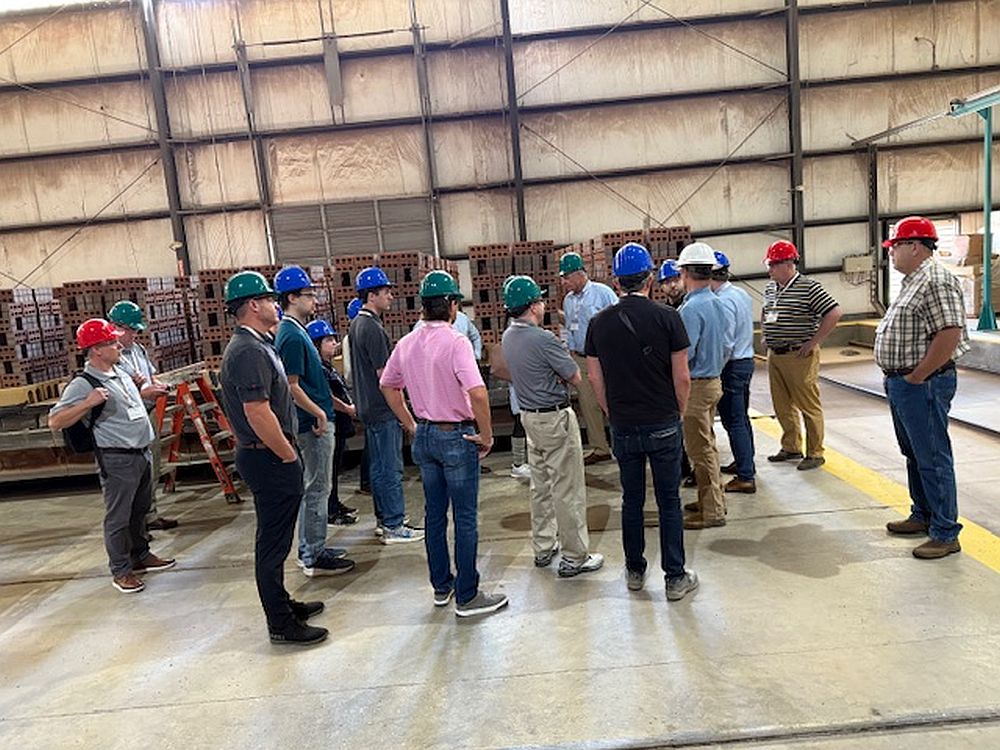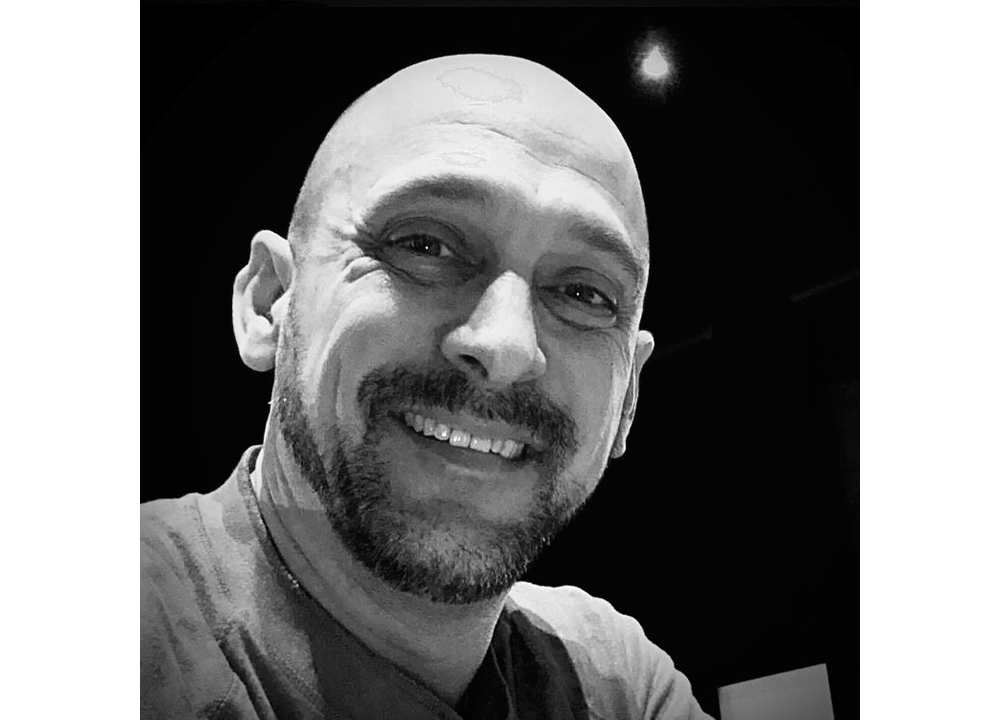You may learn more than you were expecting at an ACerS short course.
Take the recent “Fundamentals of Glass Science and Technology” course taught by Arun Varshneya. The official textbook for the course was his book, “Fundamentals of Inorganic Glasses,” but like any good instructor, Varshneya was democratic in his use of sources to make his point and he even turned to the Old Testament to make a point about relaxation.
Citing—literally—chapter and verse, he related the story of the prophetess Deborah from the Book of Judges 5, v. 5 “… and lo! The mountains flowed before the Lord,” to a description of flow during the glass transition, but that one would need long enough experimental time to observe the relaxation.
The GOMD course attracted an unusually diverse group of twenty-one attendees, including students from Turkey, Germany, Belgium and the US. A diverse cross section of industries was also represented, such as pharmaceutical glass, glass beads, glass container, art glass and electronics.
Locating the course at GOMD gave Varshneya the opportunity to arrange guest appearances from a number of leaders in the field of glass research whose work he highlighted in the book, including Neville Greaves, Delbert Day and Himanshu Jain.
In the two day course, Varshneya covered glass chemistry and structure; properties like thermal expansion, microhardness and strength; and processing issues like homogeneity and bubbles in glass.
Student response was very positive, and can be summarized in one word—more. They wanted more time to learn more content, which is an endorsement of Varshneya’s ability to provide a comprehensive overview, while whetting the appetite for topics like glass ceramics, manufacturing processes, fractography, and … more.
Varshneya’s many years as a professor at Alfred University served his students well. I popped in to take a few pictures of the class, and found Varshneya to be an “all body” instructor—one who “acts out” the salient features of a graph, pantomiming how various effects interact with one another, for example. According to feedback from the students, the approach was effective, based on comments such as, “Great rundown of several complex topics,” and “enthusiasm of the instructor and his skills to communicate the course content.”
The Society strives to offer short courses in conjunction with most of its major meetings. Next weekend the short course “Sintering of Ceramics” will be held on Saturday and Sunday in conjunction with ICC4-CLS in Chicago and will be taught by Missouri S&T professor, Mohamed Rahaman. Rahaman will review the concepts of microstructure control and development, basics of sintering and special cases like sintering of composites or nanostructured ceramics.
Four short courses are being offered at MS&T:
- “Focused Ion Beams and Secondary Ion Mass Spectrometry,”
- “Physical Foundations of Electroceramics for Microelectronics,”
- “Mechanical Properties of Ceramics and Glass,” and
- a reprisal of “Sintering of Ceramics.”
The “Fundamentals of Glass Science and Technology” will be offered again in June 2013 at the combined PACRIM’10-GOMD meeting.
One student from the recent glass course succinctly summarized the reason the Society offers a broad range of short courses, writing, “[The instructor] is clearly very knowledgeable, and he can communicate that even to people like me who have relatively little glass knowledge. He makes things easy to understand.”
Author
Eileen De Guire
Spotlight Categories
- Division News
- Meeting Highlights
Divisions
- Glass & Optical Materials


